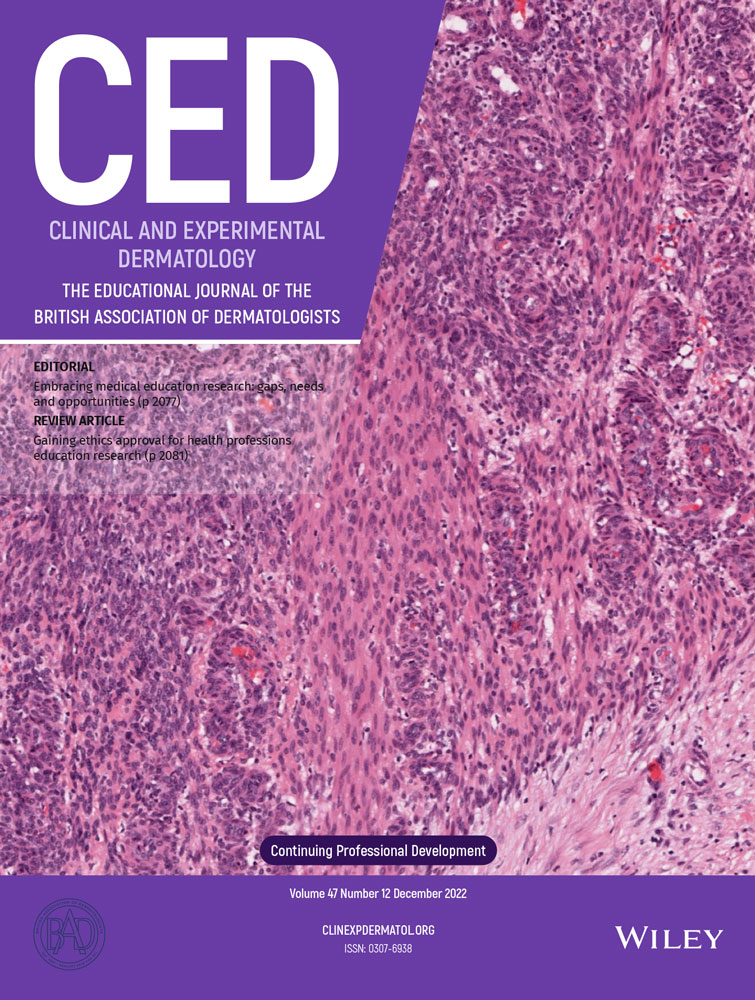Lipoid proteinosis
Abstract
Summary Lipoid proteinosis is a rare, autosomal recessive disorder that presents in early infancy with hoarseness, followed by pox-like and acneiform scars, along with infiltration and thickening of the skin and certain mucous membranes. Histological and ultrastructural examination reveals widespread deposition of hyaline-like material and disruption/reduplication of basement membrane around blood vessels and at the dermal--epidermal junction. Recently, lipoid proteinosis was mapped to 1q21 and pathogenetic loss-of-function mutations were identified in the extracellular matrix protein 1 gene (ECM1). This article reviews the molecular basis of lipoid proteinosis and reassesses the clinico-pathological features of this disorder in light of the new genetic discoveries.




